Those were the School Days
This writing is a metonymical translation of the article published in my school high school magazine ’Choyon’ (চয়ন) in 1989. On the 40th anniversary of my school Jalchak Nateswari Netaji Vidyayatan (JNNV), I was privileged to share my life’s story with my revered teachers, friends all my young juniors. Thinking of my schooldays makes me nostalgic‒ those are the memorable days when our inner-world was smaller compared to our outer world. The perception of the external world was foggy and fuzzy. Even the textbook contents of Africa, America, Australia seemed like fairy tales of far-away lands.
For us, those were just textbook materials — written for the sole purpose of memorizing and getting good grades
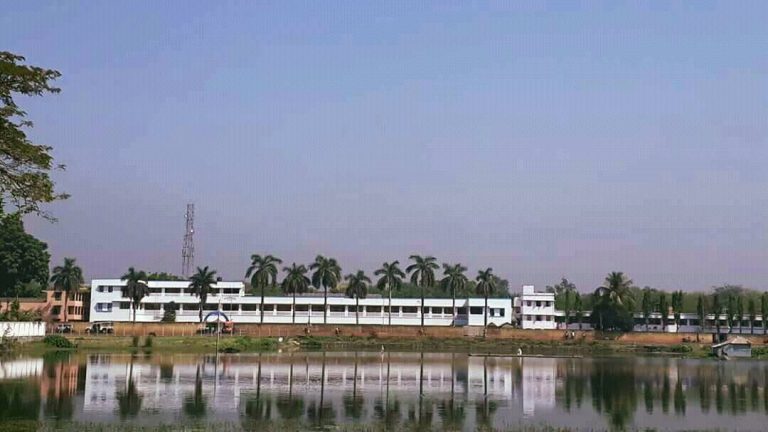
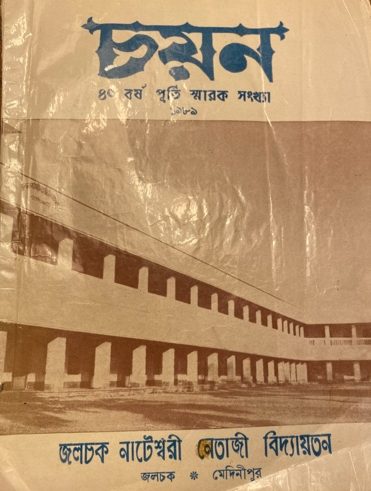
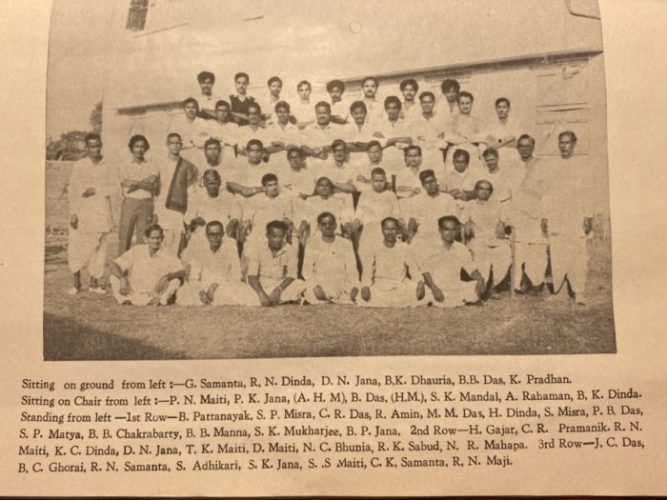
College and the Growth of My Learning Curve
After the village high school JNNV I got admitted to the Ramakrishna Mission Residential College (RKMRC), Narendrapur located in South 24 Parganas, West Bengal to study BSc in Statistics. My small world started to expand.
The college was located near Calcutta. It was the beginning of an exceptionally long journey from my village Paschimchak. A journey that was to take me from Paschimchak to Narendrapur, Calcutta, New Delhi, Canberra (Australia), Louvain-la-Neuve (Belgium). Now, I have finally settled down in the twin-city of Urbana-Champaign (UC), Illinois, United States of America. This had been like the thousand-year wandering of poet Jibanananda Das1 wandering through the paths of the earth. However, at the day’s end, when darkness descends on UC, I routinely return to my school days — soon I always get back to my roots from where I had set forth on this long journey.
The school days always crowd my mind and compels me to return to my roots– even if it is only for a few days. During one of these sojourns, some of my schoolteachers came to visit me at my village home and invited me to write a small article for the celebration of the 40th anniversary of our school, JNNV (1949-89). The piece was to appear in print2 in the coveted school magazine ‘Choyon’. Now, I earn my livelihood by teaching and research. However, those research papers don’t get published easily — those papers have to go through rigorous scrutiny3 of the referees and editors, so when the invitation to write came from none other than my revered teachers, how would I decline such an offer? It was my moment of pride and achievement as well as humility. The best acknowledgments always come from the teachers who hold your hand and taught you the alphabet and helped you to take your first steps.

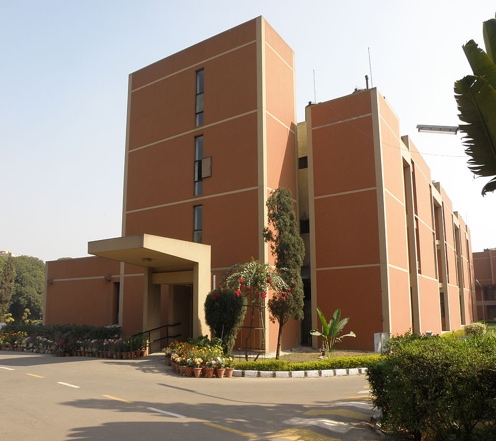
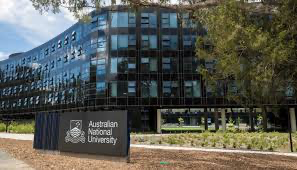
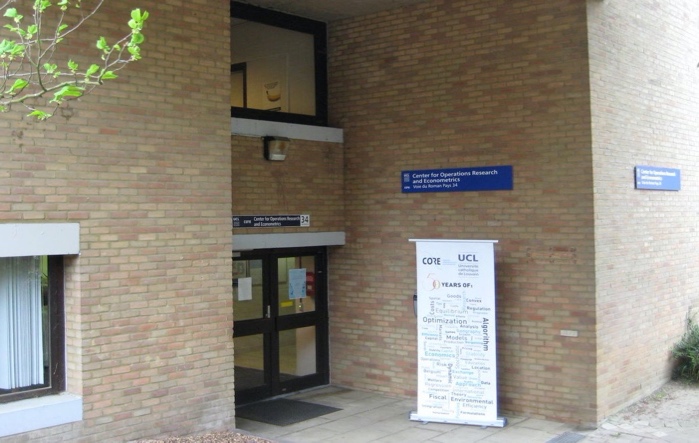
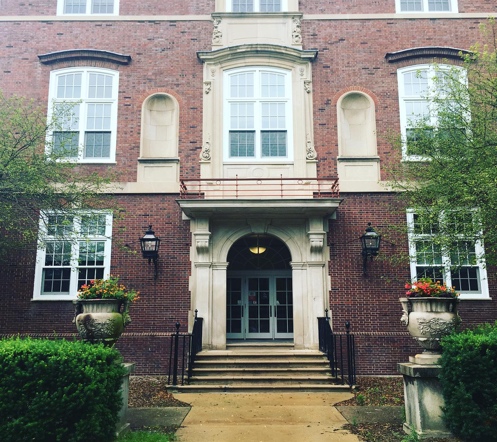
America, the Land of Immigrants
In 1985 “We Are the World”4 a charity single was originally recorded by the supergroup USA for Africa. It was written by Michael Jackson and Lionel Richie and produced by Quincy Jones and Michael Omartian for the album This one song epitomizes the essence of what the United States of America essentially is. It is a melting pot with people coming from all over the world.
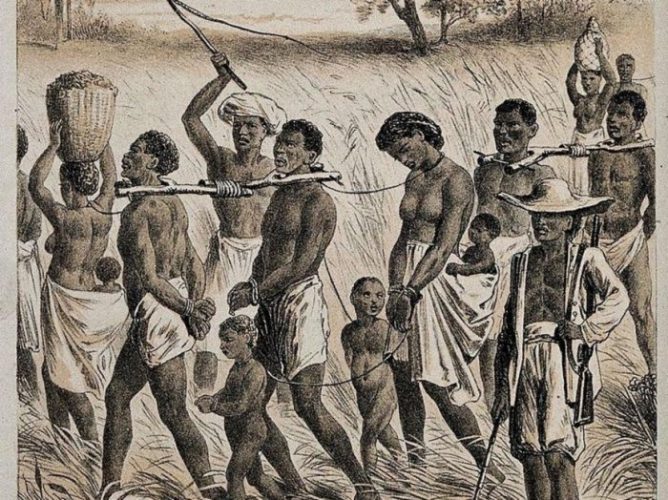
The British were the first to arrive. Then came the French, Italians, Polish, Germans, Chinese, and so on. Some came to make money, some to escape the religious persecution in their countries, and yet some just for the sheer joy of adventure. The Statue of Liberty5, in New York is a symbol of freedom and an open invitation to the downtrodden of the world. Of course, not all arrived here voluntarily. Four hundred years ago, in 1619 ships full of humans from Africa were brought here in an inhuman way. They were bought and sold in open markets as slaves like any other commodity. It is the land of immigrants and we have continuously people from other countries come here to build their life and pursue the big American dream. More recently, scores of immigrants are arriving from Vietnam6, Syria and many other countries.
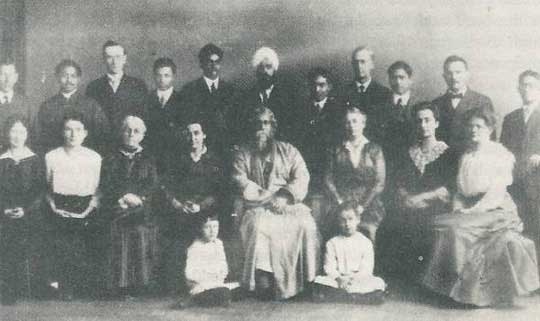
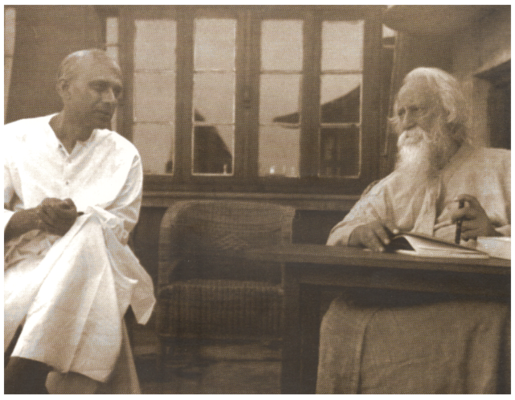

People from different nationalities are now well blended in all the sectors of the USA. Many of them through the naturalization process are now US citizens. If you want to see the whole world in a grain, look at the American grain of life. The percentage of US students in the postgraduate classes I teach would be less than ten percent. Many of the professors, too, are from abroad. Scientists from all over the world are gradually migrating to the USA permanently for financial benefits and better work opportunities. Many came not settle but to explore and gain experience of western education. Our very own Rabindranath Tagore7 had spent few months in our midwestern provincial town of Urbana in the state of Illinois. He had also sent his own son Rathindranath Tagore8 to study Agricultural Science at UIUC.
History tells that once upon a time, India, too, was the seat of educational excellence. There were world-renowned centers of higher learnings. Scholars from far and wide used to gather at the educational institutes at Taxila and Nalanda9. Alas, at the turn of the wheels of time, everything now has been turned around.
What I have always admired and impressed here is the dignity of labor. No work is considered small, and the workers take pride in doing their job well no matter how big or small the job is. In my own country, India, as I experienced, the concept, dignity of labor is confined to textbooks. On the contrary, here in the US, every work is worthwhile. The children here start their employment career by waiting tables at the restaurants or helping at the superstores. The basic amenities of living are available to all. Every worker can afford to buy a TV set, a car, and own a house, and most importantly send their kids to public school. Every employee takes pride in their job and they often choose to work in the industry where they wanted to be and not what thrust upon them.
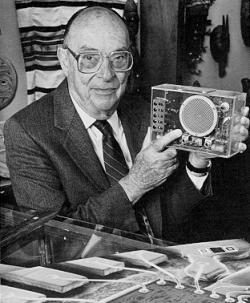
At UIUC, we have a very distinguished scientist, John Bardeen10, a twice Nobel Prize winner in Physics. He first won for inventing the transistor in 1956 and then for the Theory of Superconductivity in 1972. At eighty plus years of age, he is the Emeritus Professor, yet he comes to the University every day. Often, I have seen him in the library reading with immense interest and I wonder is he still preparing for an upcoming exam?
People are mobile, they keep moving from one job to the other‒ when a job becomes less interesting to them, they seek another that fit their current interests. Corruption among the common people is minimal comparing to India where it is widely prevalent and the way of life to the majority. The high population is the main cause of poverty in India, but India is not poor. The huge wealth and income gap, causing huge disparity, along with extremely high level of corruption is main cause of distress for a country like India. You can buy everything if you have the money. Education is for the rich, jobs you can bribe and secure one. The inept and the incompetent people sit in the government. Here in America, you can dream big and with your passion and hard work you can make those dreams come true.
Many good things that I am writing about the United States of America does not mean this is a perfect country‒ in fact, it is far from that. There are indeed many problems present here. Even poverty, unemployment to some level is distressing. Gender inequality, racism, and gun crimes are often horrifying.

Land of Opportunities Where Dreams Come True
However, there is a difference – if one tries, he or she can overcome the problems and availing all the opportunities in this country you can walk a long way from home and reach the pinnacle of success. People from all corners of the world come here with the hope to become successful in their lives. It is a joy to see faces of many colors in the classes I teach and sounds of different languages is mellifluous to the ear. I have learned so much from such a variety of cultures, customs, practices, and rites. As I mingled with the students, gradually, I find my inner world has expanded considerably while the outer world has shrunk a lot an I will never give up on walking further with a hope to reach every corner of the world one day.
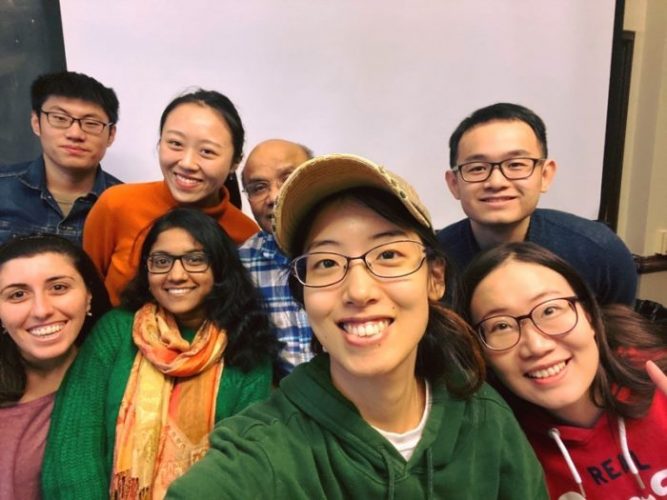
Footnotes:
1 The poem “Banalata sen” is a very famous composition of the Bengali poet Jibanananda Das (1899-1954). The first stanza of that poem:
For thousands of years, I roamed the paths of this earth,
From waters round Ceylon in the dead of nights to Malayan seas.
Much have I wandered. I was there in the gray world of Asoka
And Bimbisara, pressed on through darkness to the city of Vidharbha.
I am a weary heart surrounded by life’s frothy ocean.
To me, she gave a moment’s peace – Banalata Sen of Natore
Translation by Professor Clinton B. Seely, University of Chicago.
2 During my high school days (1964-1971), we only had a handwritten wall-magazine. I guess this was the first printed magazine.
3 As I do this translation, I can recall that my original article went through a severe editorial process, particularly through the hands of my Bengali teacher Bijoy Krishna Dhauria, and his teenage daughter, as he later told me. My overweight article became a slim two-page piece. And I think it was for the better.
4 Part of the lyrics of that Song:
We are the world
We are the children
We are the ones who make a brighter day, so let’s start giving
There is a choice we’re making
We’re saving our own lives.
It is true we’ll make a better day, just you and me
The United States of America for Africa’s “We Are the World,” was released on March 7th, 1985. The 46 vocalists from all over the world, including Michael Jackson, Willie Nelson, Diana Ross, Bruce Springsteen, Bob Dylan, Quincy Jones, and Billy Joel, formed an ultimate musical supergroup. The single sold more than 20 million copies worldwide and had a messianic aroma. The USA for Africa raised more than $75 million for famine relief, and “We Are the World” still earns money today. I remember the very first “Farm Aid,” an extension of the USA for Africa’s benefit concert for America’s farmers held at the University of Illinois, Assembly Hall (now the State Farm Center) on September 22, 1985. The concert was organized by Willie Nelson, John Mellencamp, and Neil Young, with the intent to help American farmers in danger of losing their farms through mortgage debt. This concert raised $ 7 million for America’s family farmers.
5 Following stirring words of the poet Emma Lazarus (1849-1887) are inscribed on a plaque and affixed to the inner wall of the statue’s pedestal:
Give me your tired, your poor,
Your huddled masses yearning to breathe free.
The wretched refuse of your teeming shore.
Send these, the homeless, tempest-tost to me,
I lift my lamp beside the golden door!
6 The history of Vietnamese Americans is fairly recent. The fall of Saigon in April 1975, which ended the Vietnam War prompted large-scale immigration. The first waves of immigrants were well-educated people with close ties to the U.S.A or the South Vietnam government. The second wave of Vietnamese refugees, mostly poor, arrived from the late 1970s to mid-1980s. Vietnamese are the fourth largest Asian American group after Chinese, Filipino, and Indian Americans. As of now (in late 2020), there are around 2.5 million Vietnamese descent in the U.S.A.
7 Rabindranath Tagore (1861-1941) visited Urbana-Champaign three times: November 1912-March 1913 (in total three months and nineteen days), December 24-30, 1916, and finally in 1921, just for a day. In December 1912, the University of Illinois Magazine published four poems of Tagore with a short biography. And that was the very first publication of Tagore’s work in the western world.
8 Rathindranath Tagore (1888-1961) studied at UlUC, America 1906-1909 and graduated with B.S in Agricultural Science. During his time, he founded the UIUC branch of Cosmopolitan Club for international students. His presence in UlUC Campus also gave birth to the Tagore Circle (in 1907) that lasted for many years.
9 Nalanda was one of the greatest centers of learning in the world from the 5th to 13th century, India. In its heydays, Nalanda attracted scholars and students from China, Tibet, Korea, and Central Asia. One of the most famous scholars who was a student (and later a teacher) at Nalanda was Xuan Zang during the 7th 7th century. Much of the historical documentation of India from that period comes from the travelogue of Xuan Zang.
10 John Bardeen (1908-1991) was a Physicist from America. He joined the engineering and physics faculties of the UIUC in 1951 and retired in 1975, and then became Professor Emeritus.
Anil K Bera is an internationally renowned econometrician. He is Professor of Economics at the University of Illinois at Urbana–Champaign's Department of Economics. He is most noted for his work with Carlos Jarque on the Jarque–Bera test. Anil Bera was born in remote village in West Midnapore and attended college at the Indian Statistical Institute, Kolkata and received his Ph.D. in Econometrics from the Australian National University. His sense of humour and wit makes him a cynosure of all parties.




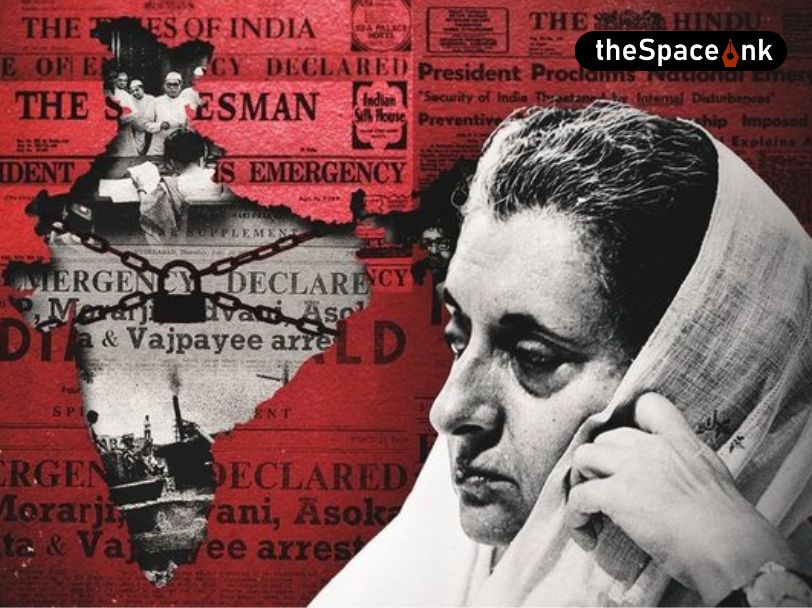


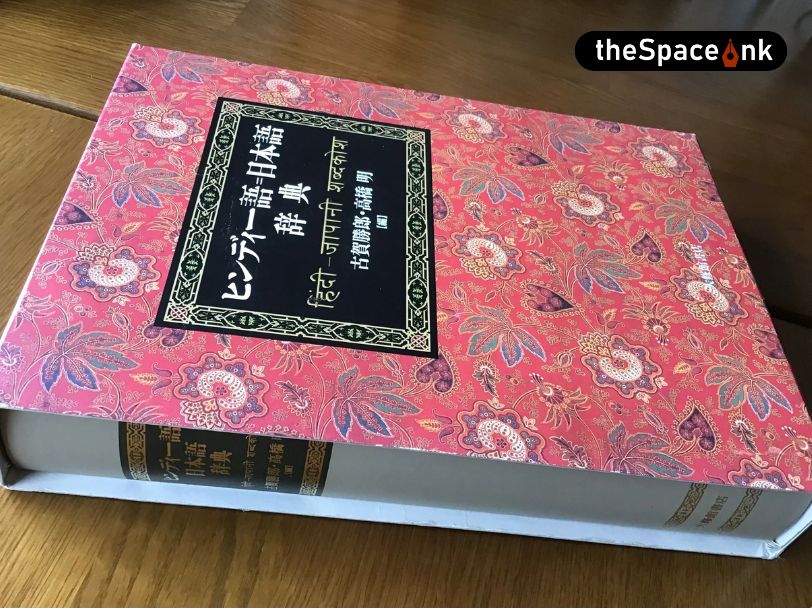
One Response
Dear Prof. Beta, I read your piece with interest and really liked it. Thank you for reminding us of our school days. Also, your description of Urbana Champaign university people is highly interesting. Thank you.